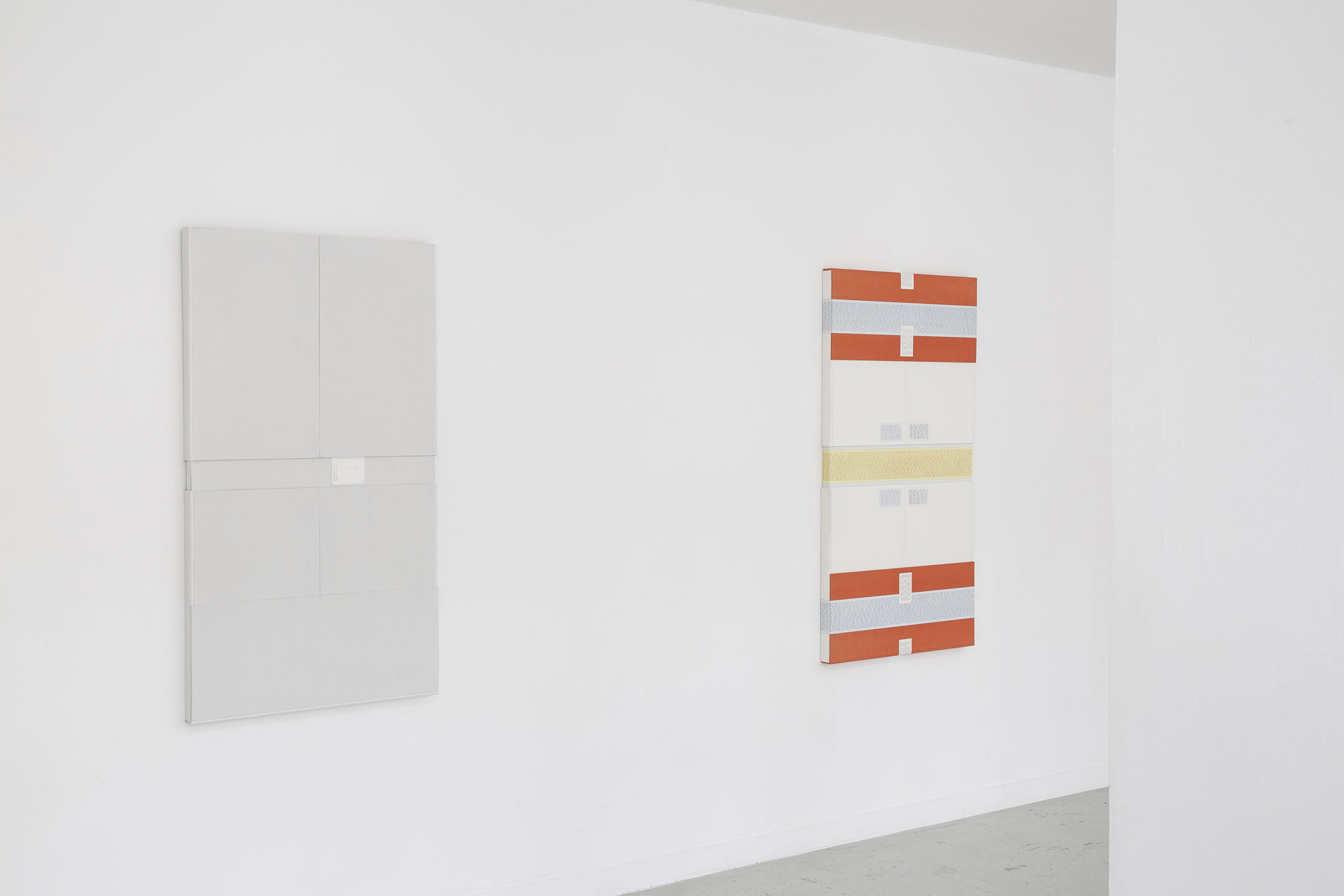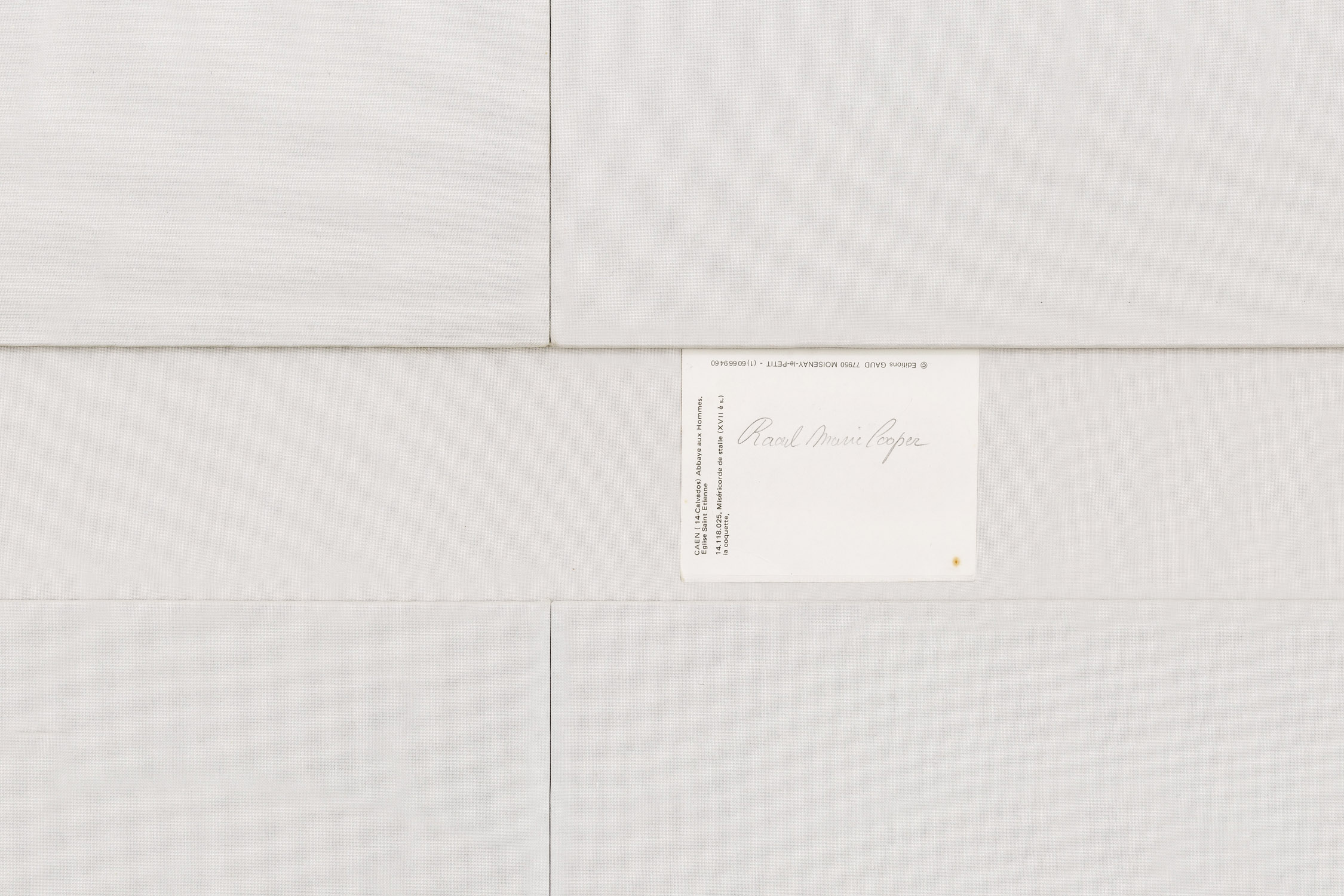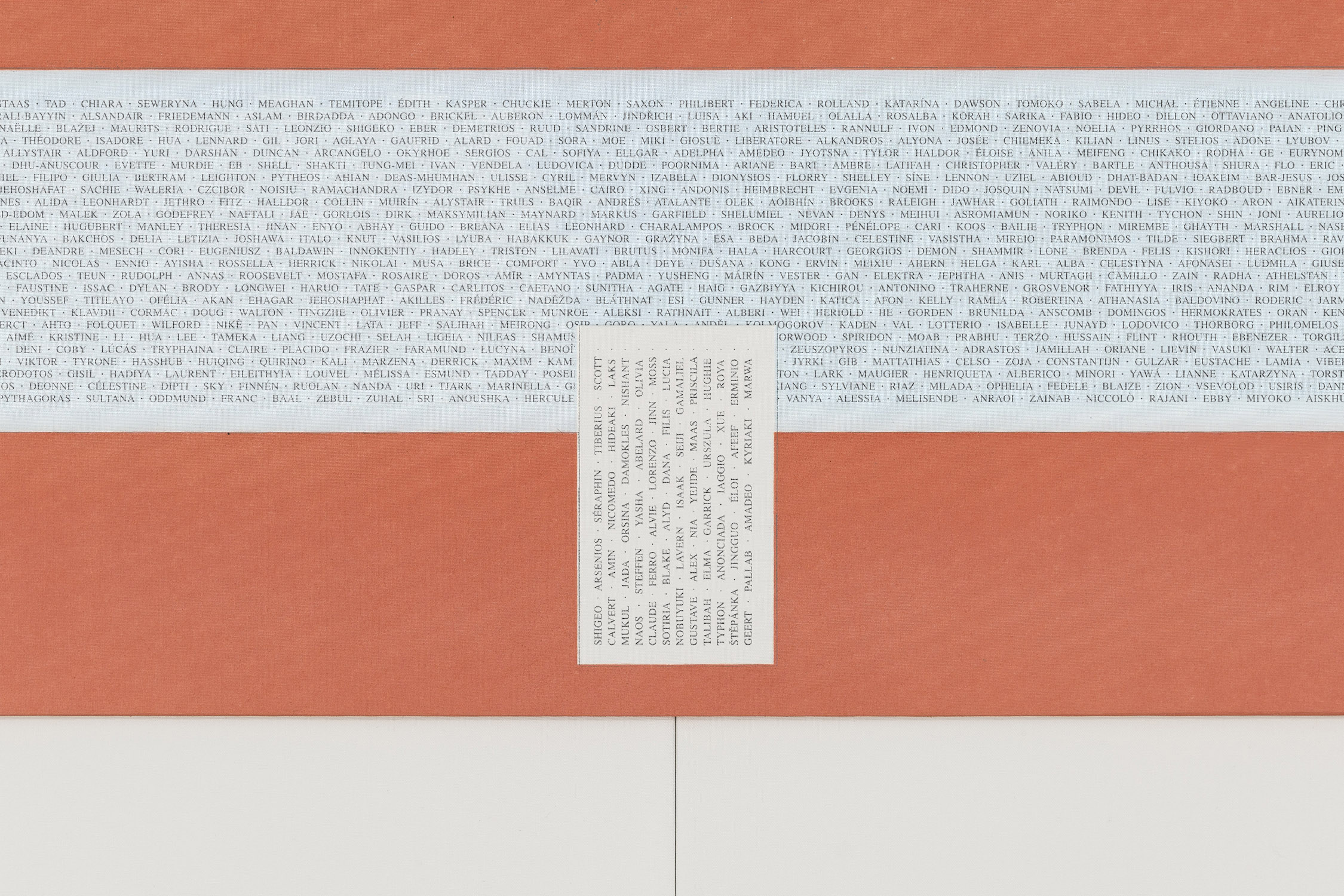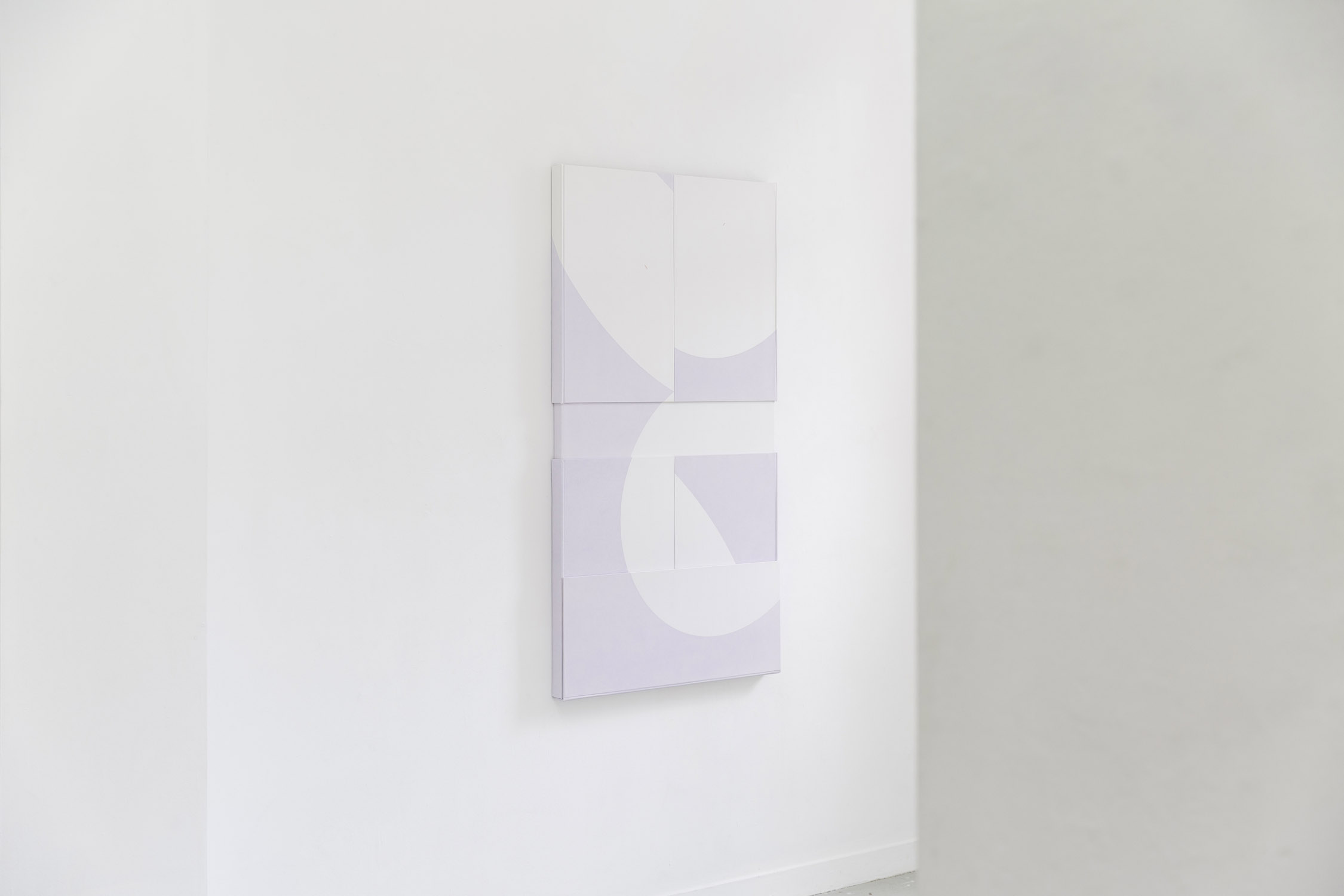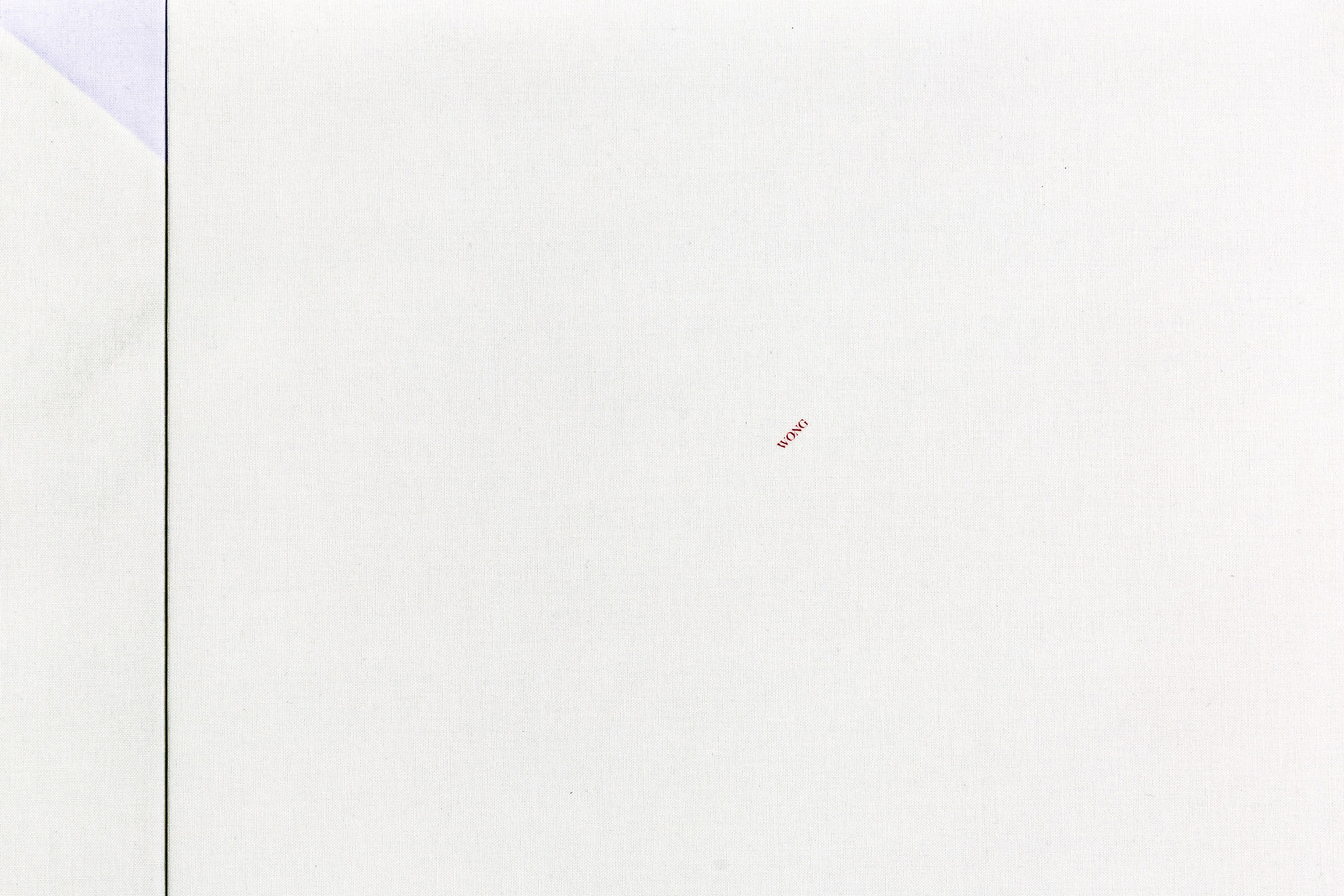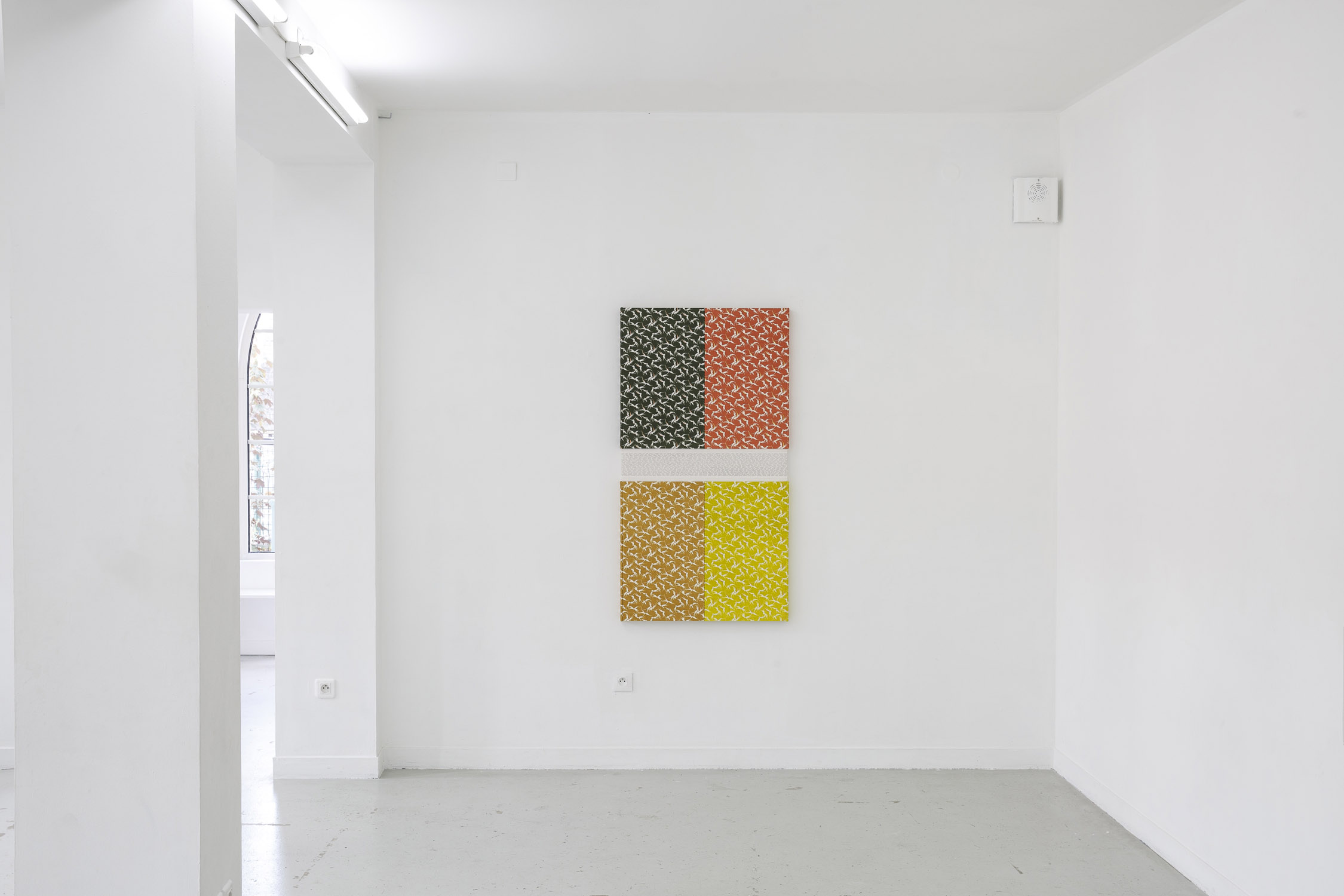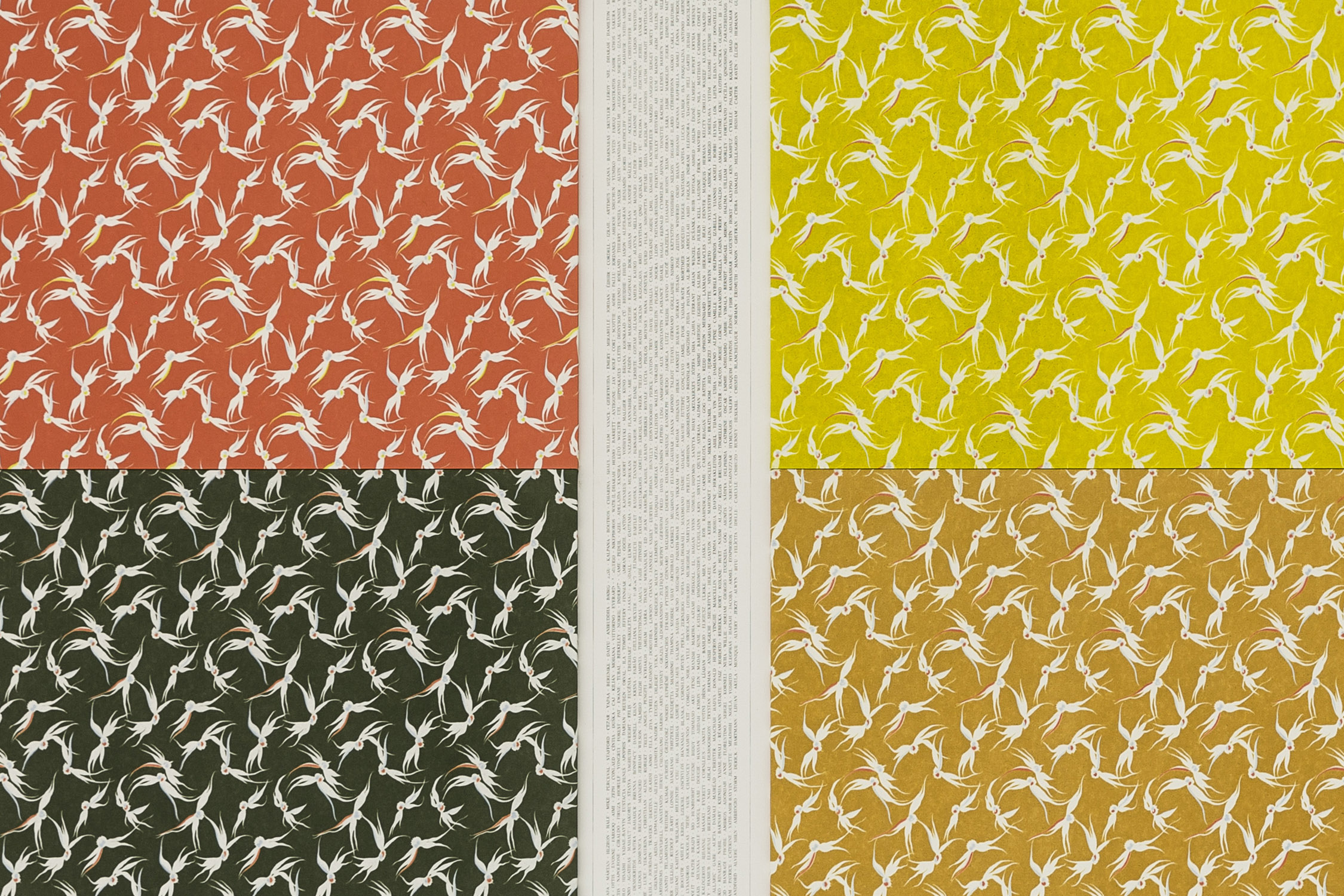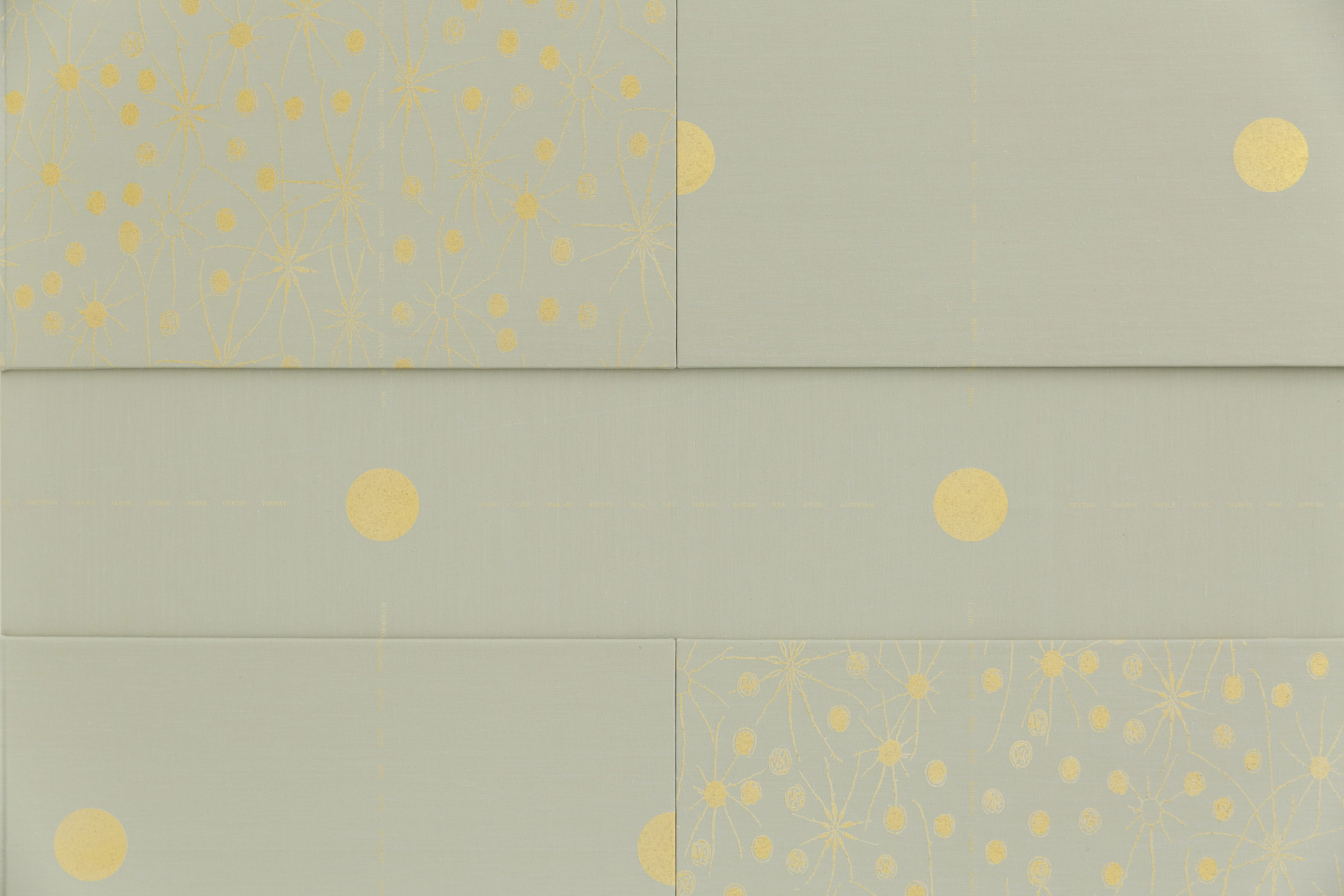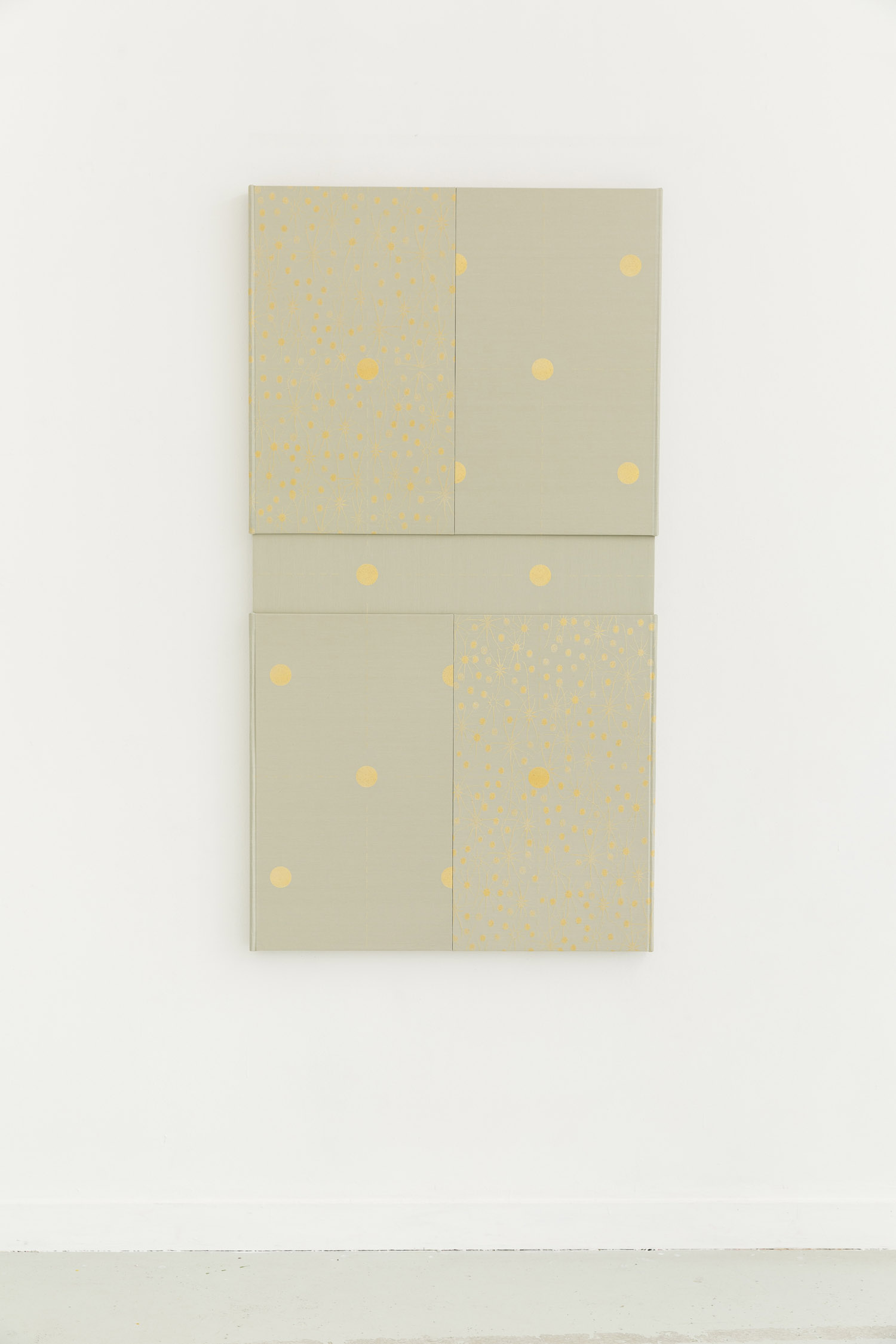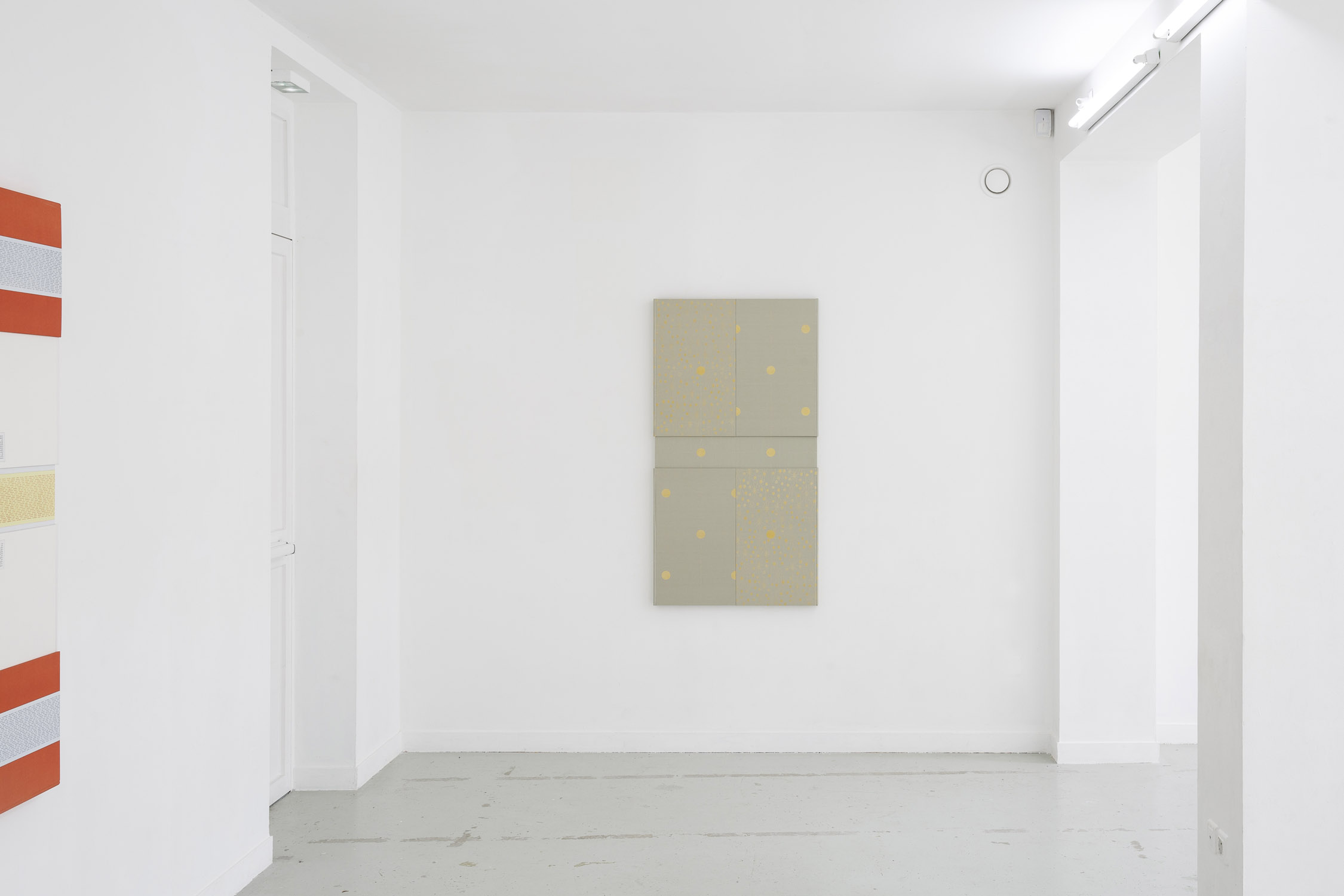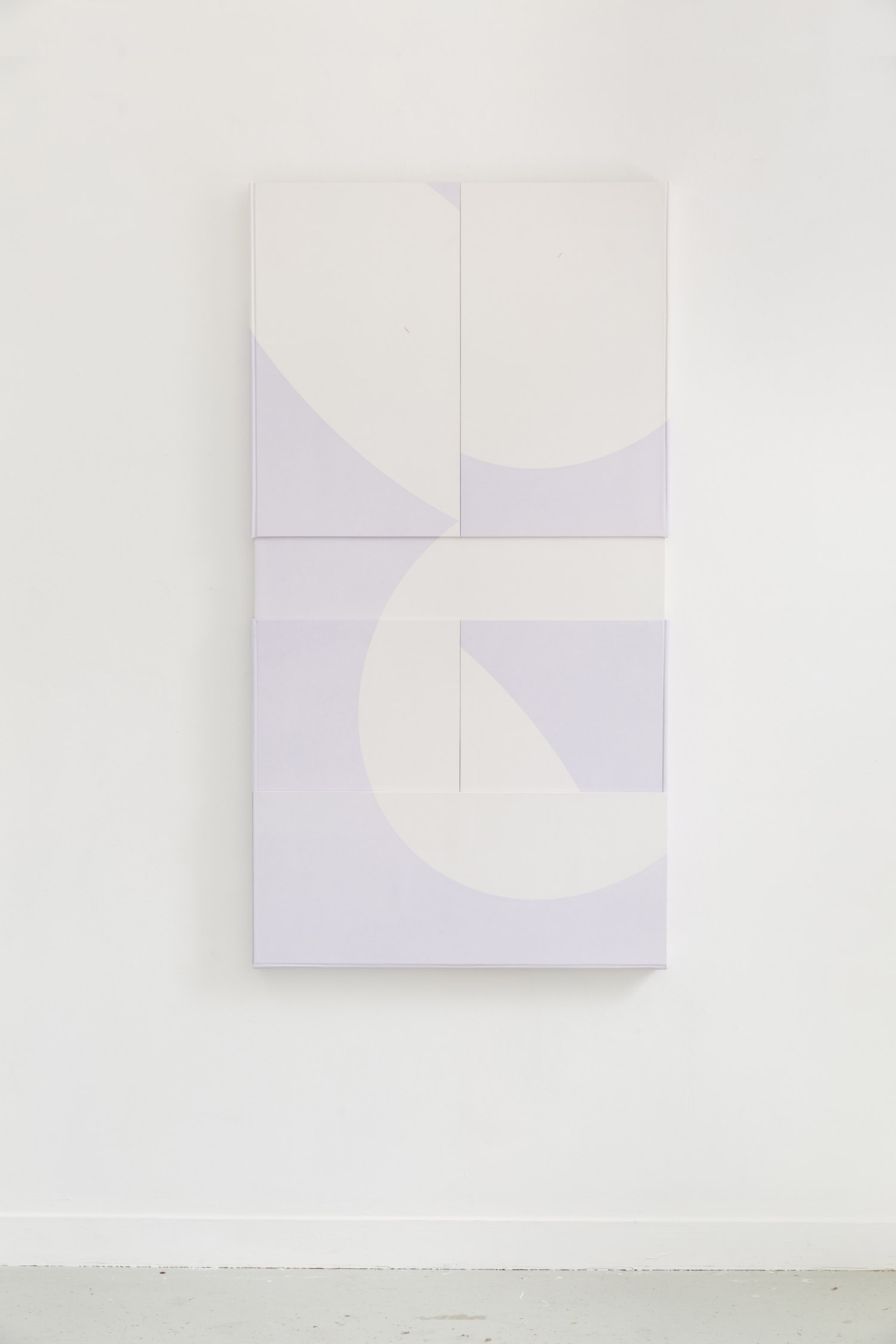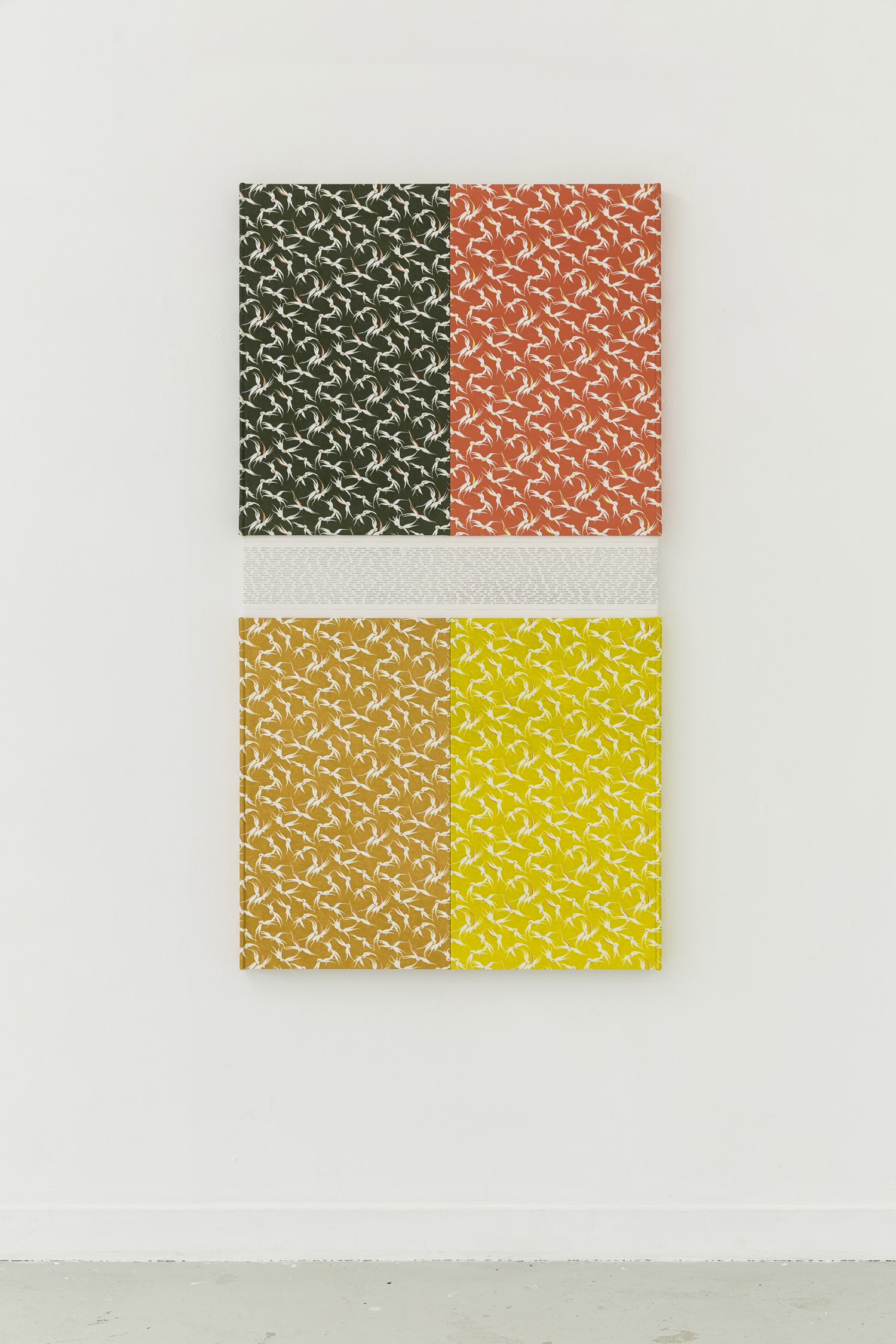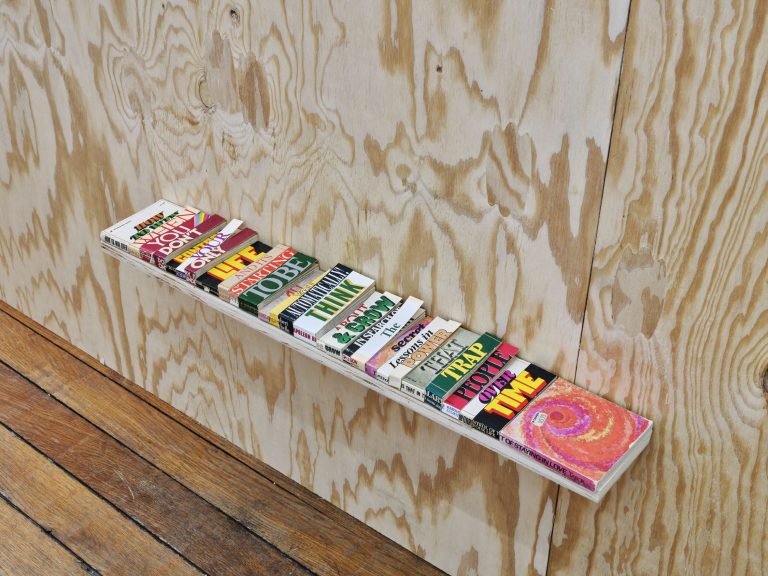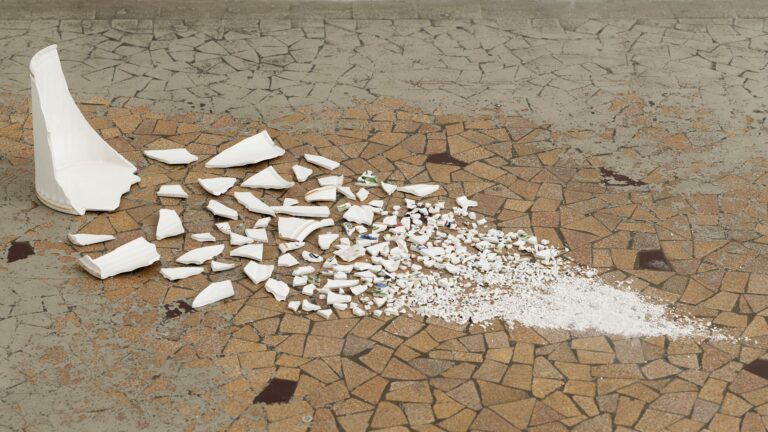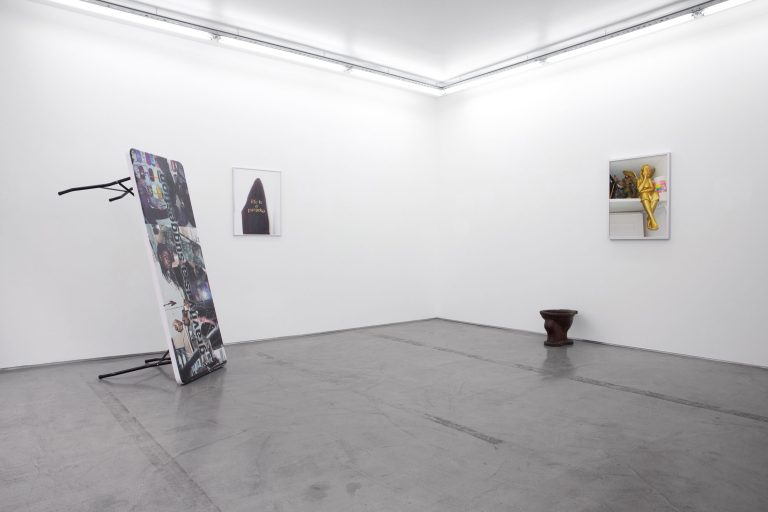Artist: Benjamin Magot
Exhibition title: Personne Morale
Venue: Les Bains-Douches, Alençon, France
Date: May 3 – June 23, 2024
Photography: Georgina Corcy / all images copyright and courtesy of the artists and Les Bains-Douches, Alençon
General Expression in Show (Personne Morale)
The GROUP BY clause allows you to organize the information contained in the exhibition according to your personal (moral, ethical, and aesthetic) values, defined by life parameters.
In practice, physical persons generate imagination within the rectangles provided for this effect : SCREEN, BOX, TABLEAU, WHITECUBE, COVER, GIFT, SIGN. One rectangle may include another. Symbolic rectangles, even when closed, must also be considered.
Since LIBRE does not exist, we will use the show method here.
- Identification of Main Groups and Subgroups
VISITORS (+30) Group, including groups FRIENDS (+12) and UNKNOWN (+18)
BOXES (5) Group, including groups NAMES (8) and DECORATIONS (+300)
TGW (3) Group, including, among others, groups EXTRAS (+12), INTERPRETERS (+42), REPLICA (+3000), ROMAN (1), and WITNESSES (+200)
PATTERNS (7) Group, including groups PRETTY (+500), DEAD (+1300), and USED (3), and responding to arguments FreeGift, ArtDeco type TPT (muted), SimiliWashi, and NULL (evolving according to the Eye() function).
- Filtering Names by the UNIVERSAL Clause
Boxes house about a hundred | name | immortalized in stacked blocks. The command used (GROUP BY) to obtain these sets of names is clearly specified in the columns of the UNIVERSAL clause. The implicit value of the argument is ALL.
The ambition is to obtain a representative sample of the entire world, for the sake of equivalence. The argument (EQUIV) constitutes a fundamental concept here.
The Avg() function returns the average of the values of the NAMES group, ignoring null values. The DISTINCT modifier is used to eliminate duplicate values. Each | name | should thus appear only once to ensure the representation of another group (COUNTRIES). As for the order used, the usual poetic order is taken into consideration. This allows quickly assigning a label to a familiar set (MEMORIAL, GENERIC, TABLE, NEWBORN, PRISON) by attributing them a false history.
It is up to each | visitor | to wonder whether the people within each group are convicted or elected.
- Query and Evaluation of Color
Colors are manually collected by sending complementary requests like: {[orange-tobacco-09726, blue-220]; [ash-gray-81, silver-pink-0]; [mauve-special-968, raw-saffron-23]}. This operation can take from 1 to 30 hours depending on the progress of the tableau. To process this data, one must find the right value, ensuring consistently that no color outweighs another. In some extreme cases, this can take months.
As you can see, our query does not contain any “GROUP BY” at all. We should define the groups for aggregation, but we have not done so because, here, the choice is made based on taste and color.
The color must be sprayed according to the flat method, to ensure an equal distance between each pigment on its assigned range. The operation is repeated until a perfectly homogeneous area is obtained. Depending on the proportions given to each shade, the washed-out VARIANCE will be more or less changed.
To attract the Eye() function, they are all beautiful (PRETTY).
- Shaping Tableaux (BOXES)
Each cover of | box | includes an orthonormal magnetic system of superior quality. A group of MAGNETS (15) embedded at EQUI-distance from each other, EQUI-balances the weights and ensures a common base.
Some | magnet | attract a cover (PAINTED), others do not. The covers operate on a flap system, only visible in the CLOSED position. Adorned with so-called “aggregated” decorations (cool, DGRAD, HARDEDGE, FUN, etc.), they follow the axis JAWS-BACK-FLAT-AGAINST-FLAT-SPINES-CORNERS.
- Use of Non-aggregated Values
The show method can also use values not recognized or validated by the PUBLIC.
The Surtitling() function, for example, when it exists, can scroll through the lines of an unaggregated film, like TGW (Roman), silently. This function can either attract hostility or, in the worst case, haunt the GALLERY space.
It puts the mechanics of the program and its packaging to the reflection of the | visitor |. But here the FUROSHIKI technique cannot be transposed anymore because it is no longer a gift.
In case of abandonment, the error: [MISSING_AGREGATION] occurs and may generate an infinite sequence of names not manageable by a novice | visitor |.
In extreme cases, you receive the final error message: [ERR: FATAL scenario error encountered, shutting down now]. You must then use the « CREATE OR

